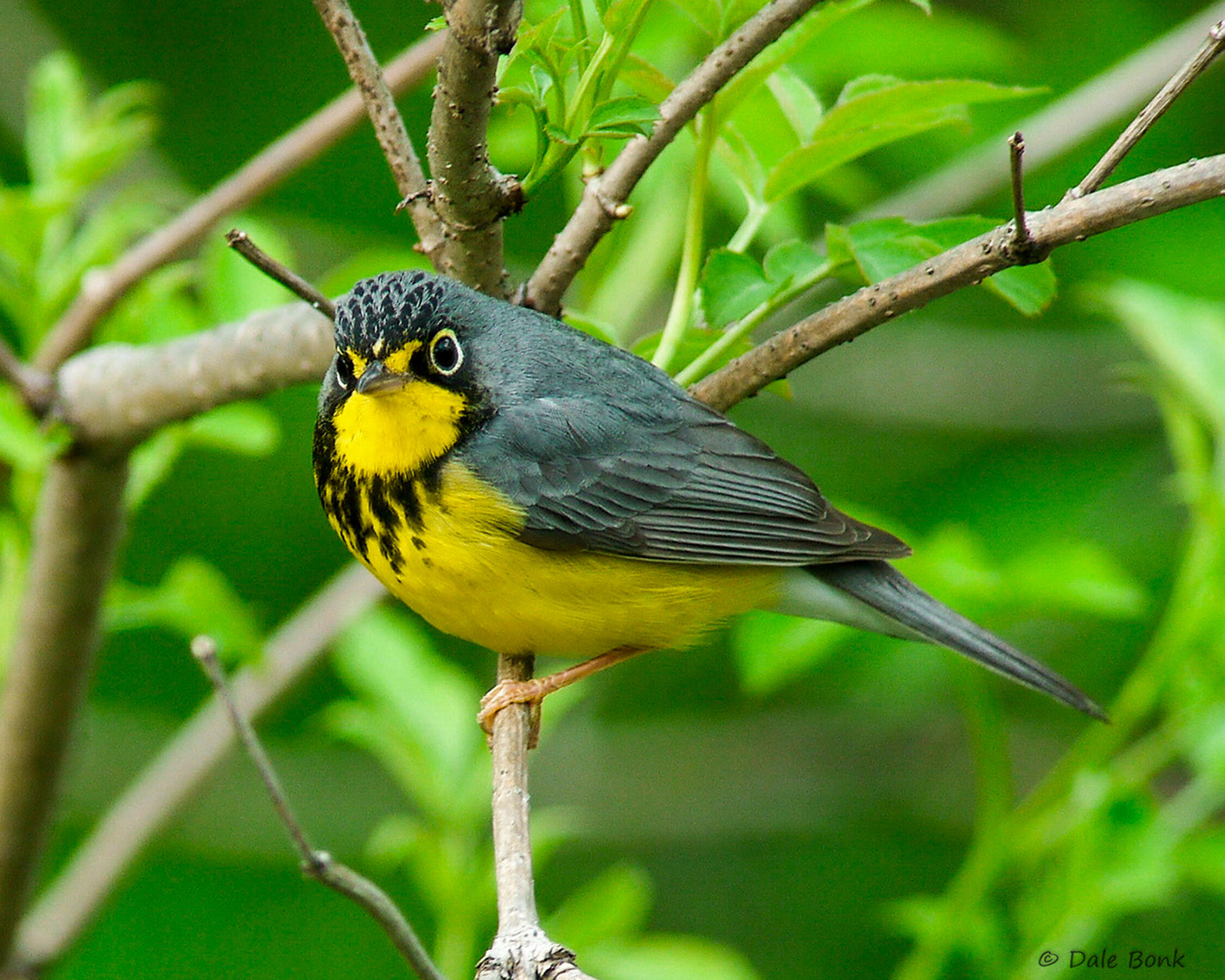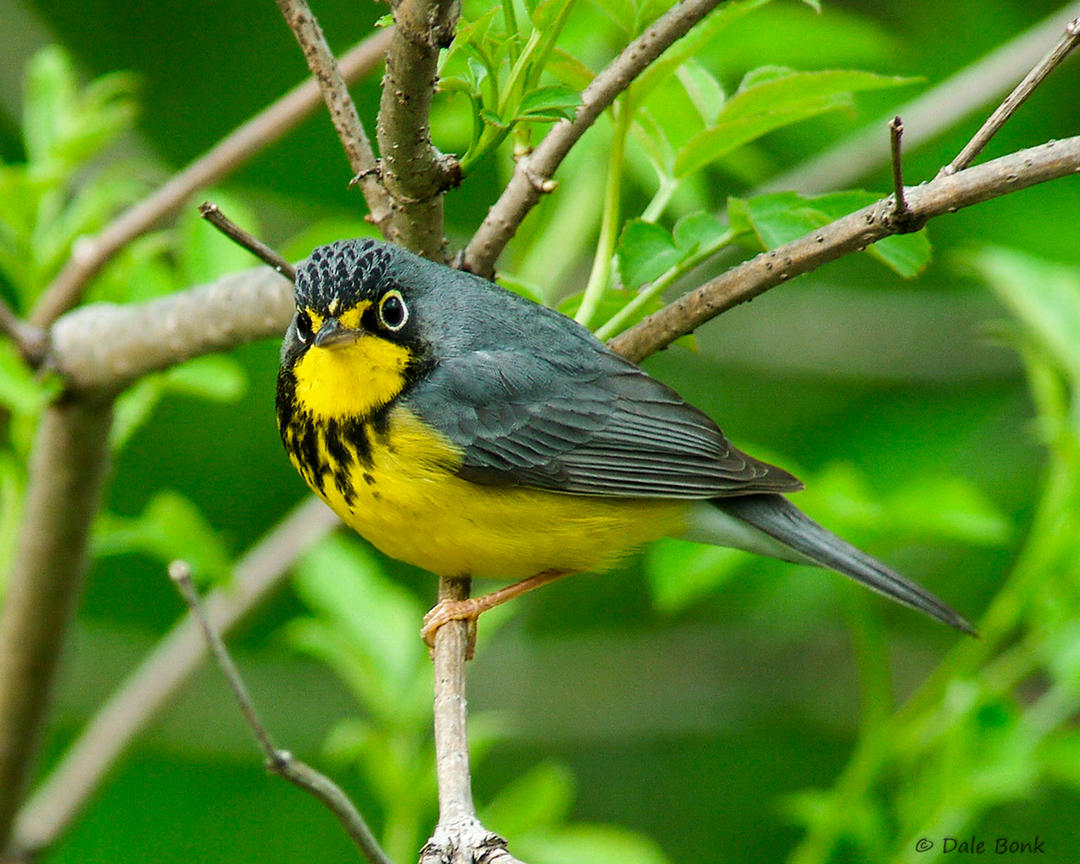The Senate Natural Resources and Energy Committee recently passed Vermont Senate bill S.234 out of Committee. Anticipated to move to the full Senate after the week of town meeting, this bill includes important forest protections as part of a broader set of improvements to Vermont’s state land use law, Act 250.
At the same time, the House Natural Resources, Fish and Wildlife Committee has advanced Vermont House bill H.697, to allow an increase in forestland that is eligible for the current use program..
These two bills provide an opportunity to advance forest protections, a top priority for Vermont’s birds.
Since birds cannot vote, please contact your Senator and Representatives to encourage them to pass Vermont Senate bill S.234 and Vermont House bill H.697.
To find your Vermont legislators: click here
Authors: David Mears and Christina Cambri
Audubon Vermont, along with other members of the Vermont Forest Partnership, is supporting two bills vital to the protection of Vermont’s forests. Together with Vermont Natural Resources Council, Vermont Land Trust, The Trust for Public Lands, and The Nature Conservancy, we are supporting Vermont Senate bill S.234, an act relating to changes to Act 250, and Vermont House bill H.697, an act relating to the eligibility of reserve forestland for enrollment in the Use Value Appraisal Program (also known as “current use”).
Vermont’s forests are vital to migratory birds and to people.The forests of Vermont are part of a block of forests running from northern New York through Maine that are home to the greatest diversity of breeding bird species in the continental United States. Species like the Black-throated Blue Warbler, Canada Warbler, and Wood Thrush have as much as 90% of their global population breeding in this region. The numbers of these once-common species are declining at alarming rates.
The major threat to our forest birds is, unsurprisingly, the loss of healthy forests. Due to forest fragmentation and conversion due to commercial and residential development, combined with the effects of climate change, our forests and our forest birds are facing unprecedented losses. Development is fragmenting Vermont’s iconic forests, and for the first time in more than a century the amount of forestland in the state is declining. This is damaging wildlife habitat, reducing the clean water and climate benefits our forests provide, and limiting the ability of those forests to support outdoor recreational and forest products businesses.
S.234 would include new protections for forest habitat blocks and provide greater protection for wildlife corridors. H.697 would create a new category of forest land eligible for the property tax incentives, increasing the potential for Vermont to achieve our goals for restoring old growth forests. Together, these two bills would provide an important step forward for Vermont’s forests and our forest birds.
Please contact your Senator and Representatives to encourage them to pass Vermont Senate bill S.234 and Vermont House bill H.697.
To find your Vermont legislators: click here









